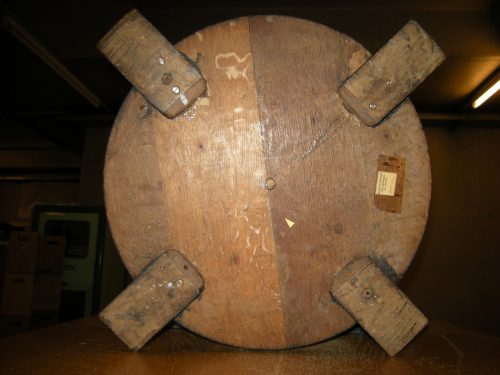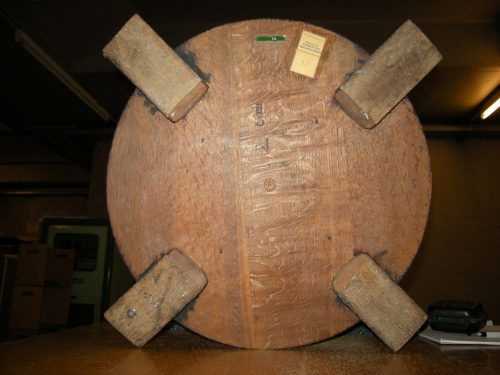Inconclusive evidence
When human memory fails, investigators have to fall back on material clues. Both globes bear labels on the underside of their stands. These appear to have been pasted where earlier labels had existed and been removed.
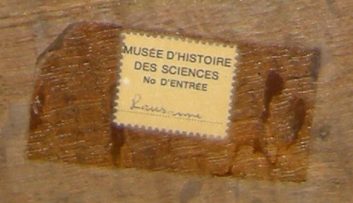
Glued label
Musée d’histoire des sciences No d’entrée (History of Science Museum item number)
with the hand-written reference Lausanne.
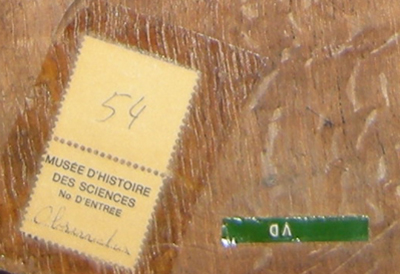
Glued label
Musée d’histoire des sciences No d’entrée 54 (History of Science Museum item number 54)
with the hand-written reference Observatoire (Observatory)
Green plastic label
VD
Unlike the terrestrial globe the celestial one bore an inventory number which, Villard believed, should help with the search. But once again his hopes were dashed: item No. 54 of the History of Science Museum in Geneva referred to a device in the De Saussure collection, not to a globe.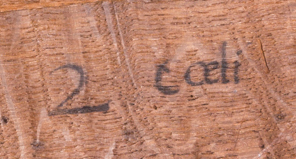 Hand-written reference
Hand-written reference
2 Coeli
An exhaustive search through the correspondence of the History of Science Museum in Geneva turned up an exchange of letters in July 1983 between the curator Margarida Archinard and the scientist Peter van der Krogt. The exchange (section B 343 D.4.2) confirmed that at the time the museum had no Dutch globe.
Ms Archinard, who had directed the museum since 1977 and had previously served as assistant to the former director since 1973, had never heard of Mercator globes in Geneva. She moreover pointed out that, had they existed, she would never have let them be taken away! She knew, however, that a number of valuable artefacts had been removed from the museum’s collections before she started working there. She even published a list of these items but, here again, there was no reference to the Mercator globes.
So, despite the physical evidence in the labels, the connection to the History of Science Museum in Geneva could not be proved conclusively.
